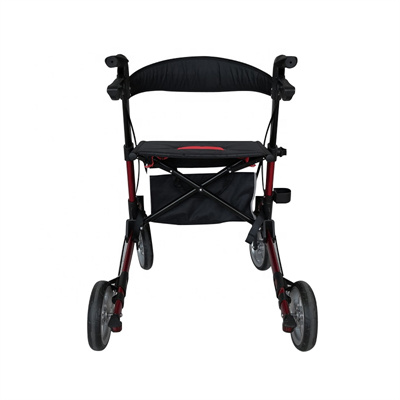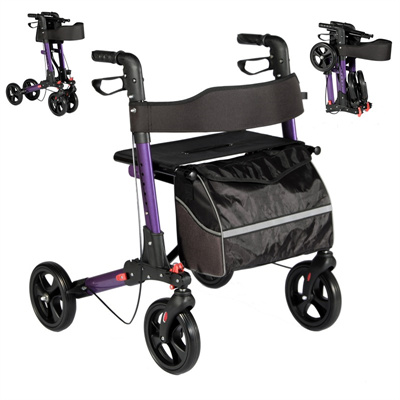Innovations in wheelchair accessibility have made significant strides in recent years, greatly improving the mobility and quality of life for individuals with disabilities. Here are some notable innovations in this field:
- Universal Design Concepts: The concept of universal design emphasizes creating spaces, products, and services that are usable by people of all abilities. This approach has led to the development of accessible buildings, public transportation systems, and products that benefit everyone, not just those with disabilities.
- Accessible Transportation:
- Low-Floor Buses and Trains: Many cities have adopted low-floor buses and trains with ramps or level boarding platforms, making public transportation more wheelchair-friendly.
- Accessible Taxis and Rideshare Services: Some places have introduced accessible taxis and rideshare services that cater specifically to passengers with mobility challenges.
- Wheelchair-Accessible Vehicles: Innovations in vehicle modifications have made it easier for individuals to enter and exit vehicles in their wheelchairs. These include ramp-equipped vans and car adaptations.
- Accessible Smart Cities: Some cities are implementing smart city technologies to improve accessibility. This includes real-time information on accessible transit routes, smart traffic lights that adjust for pedestrians with disabilities, and accessible public spaces.
- 3D-Printed Wheelchairs: 3D printing technology has been used to create customized wheelchairs designed to fit the user’s body shape and mobility needs precisely.
- Exoskeletons: Exoskeletons are wearable devices that provide powered assistance to people with mobility impairments. They can assist individuals with walking or standing, offering greater independence.
- Powered Wheelchairs and Scooters: Advances in battery technology and control systems have led to more advanced powered wheelchairs and scooters that offer improved mobility and control options for users.
- Smart Wheelchair Technology:
- Sensors and IoT Integration: Smart wheelchairs can incorporate sensors and IoT (Internet of Things) technology to detect obstacles, provide navigation assistance, and even communicate with other devices and services.
- Voice and Gesture Control: Some wheelchairs can be controlled through voice commands or gestures, making them more accessible for individuals with limited hand dexterity.
- Wheelchair-Friendly Apps: Mobile apps and platforms are emerging to help users find wheelchair-accessible routes, facilities, and services. These apps provide information on accessible restaurants, hotels, and tourist attractions.
- Accessible Playgrounds: Innovative playground designs incorporate wheelchair-accessible features, ensuring that children with disabilities can play alongside their peers.
- Accessible Virtual Reality: Virtual reality (VR) experiences are being adapted to provide individuals with disabilities the opportunity to explore environments and participate in activities they may not be able to access in real life.
- Accessible Tourism: The travel industry is focusing on providing more accessible accommodations, transportation options, and attractions to cater to tourists with disabilities.
- Advanced Materials: Lightweight and durable materials are being used to make wheelchairs more portable and easier to transport.
- Prosthetics and Orthotics: Innovations in prosthetic limbs and orthotic devices are improving mobility options for individuals with limb disabilities.
- Robotics: Robotics technology is being applied to create mobility devices and exoskeletons that assist individuals with disabilities in performing various tasks and movements.
These innovations represent a growing commitment to improving accessibility and inclusion for people with disabilities, enhancing their independence and participation in society. As technology continues to advance, we can expect even more exciting developments in wheelchair accessibility and assistive devices.




















